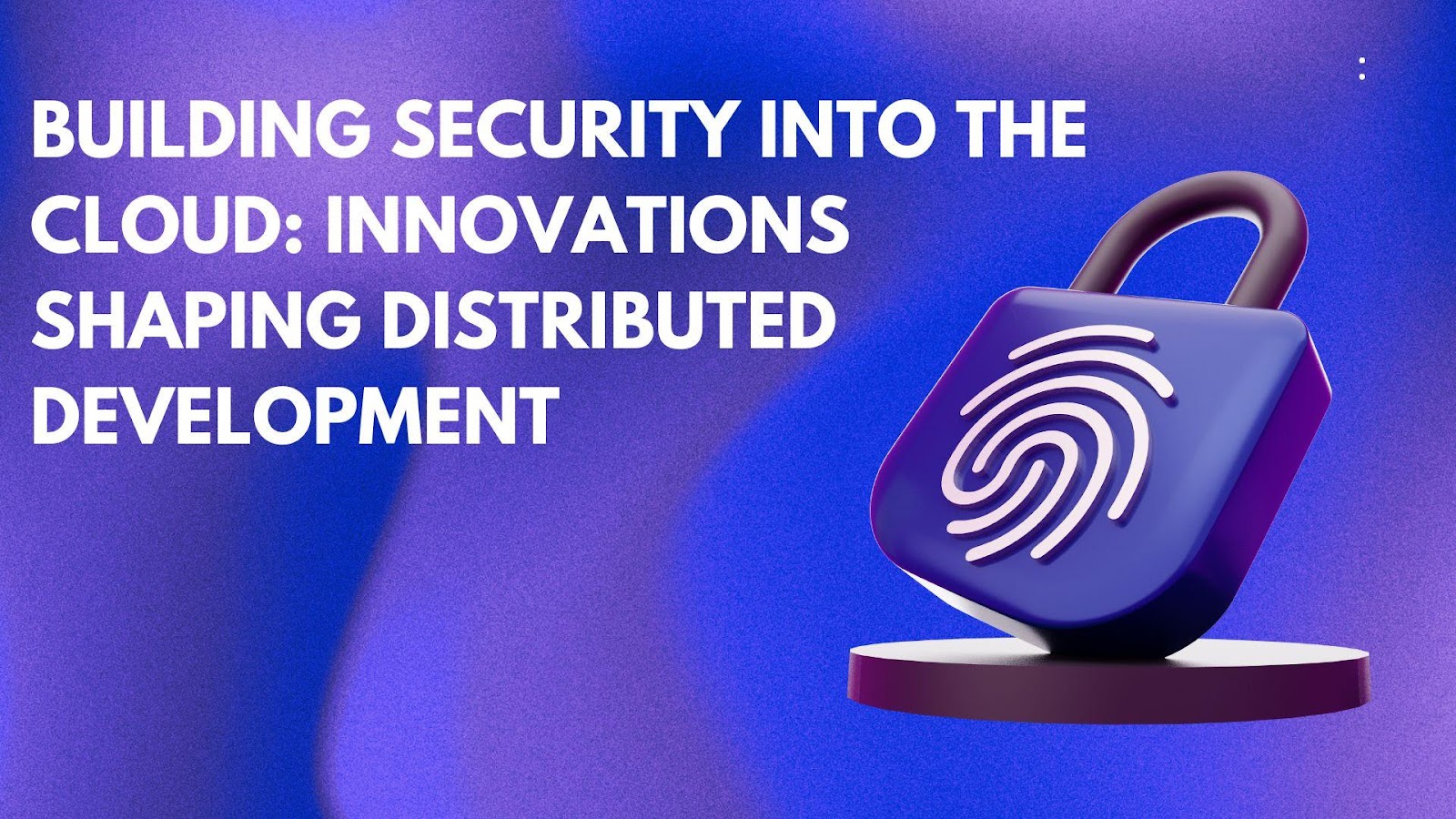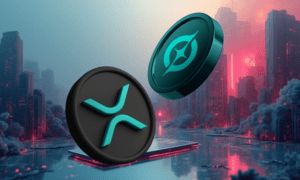In today’s hyperconnected digital landscape, Gangadhar Chalapaka, a seasoned cloud security professional and contributor to modern engineering discourse. His research explores the evolving intersection of security, compliance, and distributed software development.As global teams build, test, and deploy software across cloud platforms and time zones, traditional security models have lost their relevance. The era of perimeter-based protection—where internal networks were assumed safe—is now being replaced by a more robust, adaptive philosophy: zero-trust architecture. In distributed development environments, every identity, device, and transaction must be verified continuously, regardless of its origin. This shift not only challenges old paradigms but also introduces scalable strategies that reflect the fluid, borderless nature of modern engineering.
Security in Motion: Zero Trust as a Foundation
The zero-trust model offers a granular and intelligent approach, treating all actors—human or machine—as untrusted by default. For distributed teams, this results in improved access control through contextual authentication, just-in-time provisioning, and service mesh implementations using mutual TLS. With developers and infrastructure spread across the globe, such techniques ensure that trust is earned, not assumed. Continuous verification, least-privilege access, and dynamic session validation now underpin modern identity management. Zero-trust architecture prioritizes data security regardless of network perimeter location.
Compliance That Moves at Dev Speed
Regulatory frameworks like GDPR, HIPAA, and SOC 2 impose rigorous demands, especially when development spans jurisdictions. Manual compliance efforts often slow down teams. The answer lies in automation. By turning regulations into code—so-called compliance-as-code—teams can validate security requirements in real-time. Integrated into CI/CD pipelines, automated checks, policy enforcement, and dashboards ensure faster releases without compromising integrity. Metrics such as remediation time and audit-readiness demonstrate that automation brings both transparency and speed to compliance efforts.
Keeping Secrets Safe in the Cloud Maze
Distributed teams must manage sensitive data like API keys, tokens, and credentials without introducing fragmentation. Innovative secrets management tools now offer features like dynamic secrets generation, multi-region replication, and platform-agnostic APIs. HashiCorp Vault, for example, allows organizations to isolate credentials by team, enforce strict access controls, and securely manage secrets even across hybrid or multi-cloud environments. This modular approach not only secures data but also simplifies compliance and operational overhead.
Fortifying the Supply Chain
One of the gravest threats in distributed development is supply chain compromise. Modern solutions now emphasize code signing protocols backed by hardware security modules and verification tools like Sigstore. These tools enable developers to cryptographically sign their code, establishing a verifiable chain of trust. Dependency scanning techniques, once limited to static lists of known vulnerabilities, now employ behavioral analysis and license tracking. When implemented effectively, these safeguards prevent malicious actors from injecting threats into build processes or third-party libraries.
Speed Doesn’t Have to Sacrifice Safety
A common myth in software development is that security slows progress. However, recent research, including the work presented here, shows otherwise. In a study of 47 teams over 18 months, those who adopted security automation reported initial slowdowns followed by significant gains in velocity. Metrics like deployment frequency, lead time, and remediation rate improved notably in teams that embedded security checks early in the process. This shift-left approach illustrates that with the right tools, security can be an enabler—not an obstacle—of productivity.
The Future Is Smarter, Safer, and More Distributed
Looking ahead, machine learning is revolutionizing security by predicting vulnerabilities, detecting anomalous behavior, and even suggesting fixes in real-time. Federated learning models now protect privacy while still drawing insights across organizations. Meanwhile, blockchain is being tested to verify the authenticity of code and deployments, bringing transparency to supply chains. Quantum computing, once a theoretical risk, is now shaping cryptographic strategies. Developers are beginning to adopt quantum-resistant algorithms to ensure long-term security for sensitive data and infrastructure.
In conclusion,the innovations in cloud security discussed in this article demonstrate a powerful evolution in how distributed software development is secured. By weaving protection into the fabric of development workflows—rather than bolting it on after the fact—organizations can achieve both regulatory compliance and delivery excellence. As Gangadhar Chalapaka’s research highlights, the path forward lies not in choosing between speed and safety, but in engineering both into the heart of modern software practice.





























